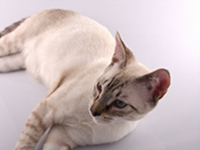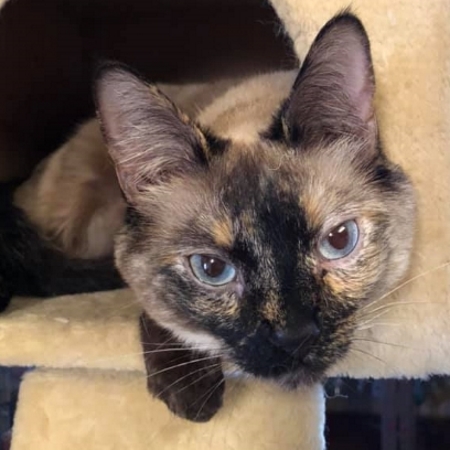

A Thai legend has it that the King of Burma Hsinbyushin found and read the poem for the Thai cats in the Tamra Maew. Buddha images were hacked apart for their gold, and all the royal treasures were stolen. It returned to Burma, taking Siamese noblemen and royal family members with them as captives. When the capital city Ayutthaya was sacked on 7 April 1767 at the end of the Burmese–Siamese war, the Burmese army burned everything in sight. In addition to the old Siamese cat, the Tamra Maew also describes other heritage cats of Thailand including the Korat cat (Malet), which are still bred for preservation in Thailand today and has become popular in other countries, and Konja cat (Black cat), Suphalak (a controversy in Burmese cat). Over a dozen are now kept in the National Library of Thailand, while others have resurfaced outside of Thailand and are now in the British Library and National Library of Australia. Origins Thailand Ī description and depiction of the Wichienmaat (Siamese cat) first appears in a collection of ancient manuscripts called the Tamra Maew (The Cat-Book Poems), thought to originate from the Ayutthaya Kingdom (1351 to 1767 AD). Over a dozen are now kept in the National Library of Thailand. History Suphalak cat, Siamese cat, Korat cat and Ninlachak cat in Tamra Maew (The Cat-Book Poems) thought to originate from the Ayutthaya Kingdom (1351 to 1767 AD). Siamese cats are one of the more common breeds to have non-white irises. The long-haired Siamese is recognized internationally as a Balinese cat. The Siamese cat comes in two distinct variations: traditional, with a rounded head (though not as rounded as the later American Apple-head mix) and a slightly chubby body or the modern Siamese, which is very skinny and has a wedge-shaped head.

The Siamese (sometimes in the traditional form) is among the foundation stock of several other breeds developed by crossbreeding with other cats some examples are the Oriental Shorthair and Colorpoint Shorthair, developed to expand the range of coat patterns the long-haired variant most often dubbed the Himalayan and hair-mutation breeds, including the Cornish Rex, Sphynx, Peterbald, and blue-point Siamese cat. Siamese tend to seek human interaction and also like companionship from other cats. The International Cat Association describes the modern Siamese as affectionate, social, intelligent, and playful into adulthood, often enjoying a game of fetch. Other than colouration, the modern-style Siamese bears little resemblance to the original stock, and the more moderate, traditional, or "old-style" Siamese, with a much rounder head and body, has been re-established by multiple registries as the Thai cat.

The carefully refined, more extreme-featured, modern-style Siamese is characterized by blue almond-shaped eyes a triangular head shape large ears an elongated, slender, and muscular body and various forms of point colouration. Derived from the Wichianmat landrace, one of several varieties of cat native to Thailand (formerly known as Siam), the original Siamese became one of the most popular breeds in Europe and North America in the 19th century. The Siamese cat ( Thai: แมวไทย, Maeo Thai แมวสยาม, Maeo Sayam) is one of the first distinctly recognized breeds of Asian cat.


 0 kommentar(er)
0 kommentar(er)
